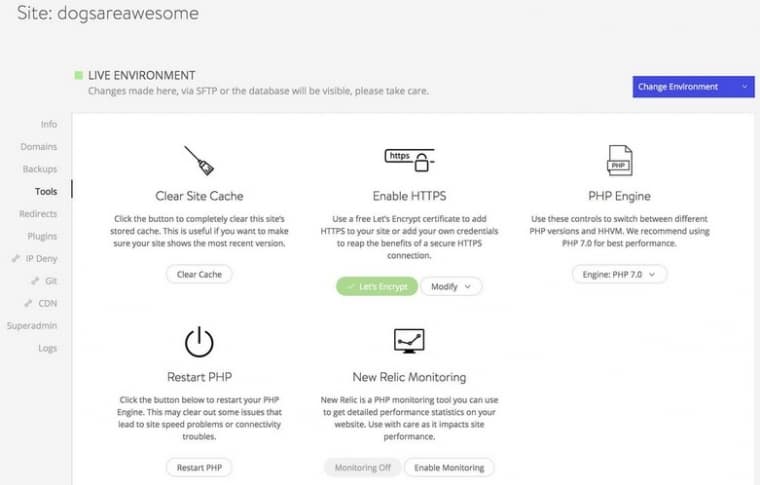In today’s data-driven world, artificial intelligence (AI) has become a powerhouse for transforming raw information into actionable insights. Across the United States, data scientists, analysts, and business leaders are embracing a range of AI tools to elevate their data analysis capabilities. These tools not only automate complex processes but also provide predictive insights that were nearly impossible just a decade ago.
Whether you’re a startup looking to understand customer behavior or a Fortune 500 company deploying machine learning at scale, AI tools can be a game-changer. Here’s a look at some of the most popular and widely used AI-powered tools for data analysis in the USA.
1. IBM Watson
IBM Watson is a pioneer in the AI space and remains one of the most trusted tools for deep data analysis. Its natural language processing (NLP) abilities allow it to understand, interpret, and even respond to human language in a meaningful way. Through Watson’s AI-powered applications, users can perform:
- Predictive analytics for business forecasting
- Sentiment analysis for brand monitoring
- Risk assessment in sectors like finance and healthcare
Watson’s integration capabilities also make it easy to combine with tools like Tableau and Microsoft Power BI, adding value to traditional dashboards and visualizations.
2. Google Cloud AI Platform
As one of the most scalable and flexible solutions, the Google Cloud AI Platform is widely used for data analysis, especially in tech hubs like Silicon Valley. The platform offers powerful features including:
- Automated machine learning (AutoML) for custom model building
- BigQuery ML for running ML models directly within the BigQuery warehouse
- Integrated data pipelines using Dataflow and Dataprep
This suite is especially popular among data engineers and scientists who require powerful computing resources and seamless integration with other Google services.
3. Microsoft Azure Machine Learning
Part of the comprehensive Azure ecosystem, Azure Machine Learning is a robust platform used by enterprises across the United States. It offers a low-code and code-first environment, appealing to both novice users and seasoned developers. Key advantages include:
- Drag-and-drop interface for easy model creation
- Support for Python and R
- End-to-end MLOps support for model deployment and monitoring
Integration with Power BI makes it easier for analysts to present AI-driven insights directly into interactive dashboards tailored for business users.
4. Tableau with AI Extensions
Tableau, a dominant force in the data visualization space, has integrated smart AI-powered features through its Analytics Extensions API. Though traditionally a visualization tool, Tableau now supports:
- Predictive modeling by integrating with R and Python
- Natural language queries through the “Ask Data” feature
- Automated dashboard suggestions and pattern recognition
Tableau’s popularity lies in its ability to deliver complex analytics in a simple, user-friendly format—making AI more accessible to less technical audiences.
5. SAS Viya
SAS Viya is a cloud-native platform designed for high-performance analytics and is highly regarded in industries such as healthcare, finance, and government. Its strengths include:
- AI and machine learning at scale
- Real-time decision-making support
- Multilingual support spanning R, Python, and Lua
SAS Viya is ideal for organizations that deal with large volumes of regulated data and need strong governance and compliance features alongside powerful AI tools.
6. DataRobot
If automation is your goal, DataRobot is a leading AI platform that specializes in automated machine learning (AutoML). It’s often used in financial services, retail, and manufacturing to quickly deploy ML models with minimal coding. Some of its key offerings include:
- Automated feature engineering
- Model validation and optimization
- AI-powered forecasting for sales and demand planning
With its intuitive UI and powerful backend, DataRobot helps business users leverage AI without needing a data science background.
Conclusion
From tech giants to up-and-coming enterprises, organizations across the USA are harnessing AI tools to bring data analysis to the next level. Choosing the right tool depends on your specific needs—be it deep learning, automation, or simply making data more accessible. As AI continues to evolve, these platforms are making it easier than ever to turn data into smart decisions.
